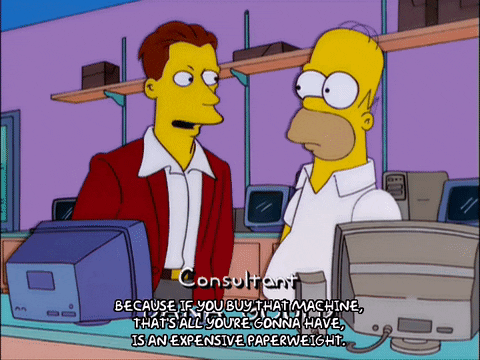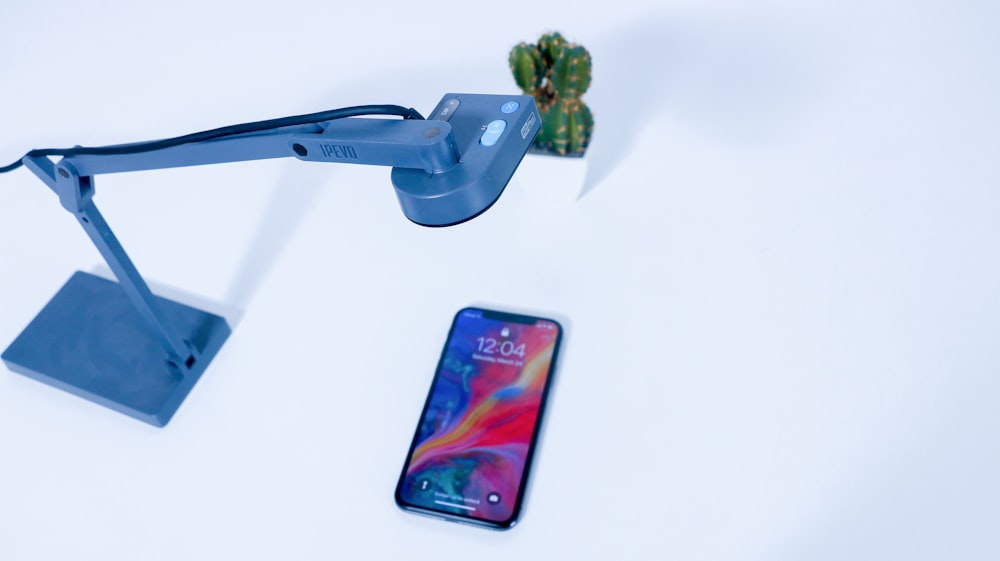5 Best Conversion Rate Optimization techniques

Conversion Rate Optimization is used to grow the number of visitors on your website that take actions, e.g. fill out forms or download lead magnets.
CRO is measured with conversion rate (%), i.e. the preferred action divided by the number of page visitors. If 1 out of 100 visitors does what you want them to, the conversion rate is 1%. Typically, a conversion rate varies between 1-4%. But you will want to measure the increase in the conversion rate rather than aim for a certain percentage.
CRO is advantageous because it focuses on getting more out of your current website visitors instead of getting more visitors.
Consequently, the costs are often lower than starting new marketing campaigns, and significant results can be obtained with relatively small investments.
There is no one right way to do Conversion Rate Optimization, but all methods have the utilization of analytics and monitoring results in common.
How is CRO executed in practice? This blog post will cover the top 5 Conversion Rate Optimization techniques to get you started.
1. Utilize data
CRO begins with getting a grasp of what visitors do on your site. An essential tool for the job is web analytics, such as Google Analytics.
Web analytics help map out the activity of visitors on your pages. With analytics tools, you can see, for example, which pages have the highest bounce rate or where visitors spend the most time. Web analytics can also reveal broken links and forms on your site, which are often one of the biggest obstacles to conversion.
Once you've identified the problem areas, you can focus on fixing them. Do some A/B testing: Make the changes in two different ways. Measure the results to see which changes resulted in a better conversion rate.
For analytics, you can also use heat maps. They will reveal how pages are browsed and where visitors click. With this information, for example, the placement of call-to-action buttons can be optimized to achieve the best conversion rate.
2. Optimize headlines and content
The text, especially the headlines, is the most visible content on your website.
About 80% of visitors will read only the headline, so changing them can be the fastest way to improve the conversion rate.
When optimizing titles, web analytics help to reveal whether changing the headline increased clicks and time spent on the content. Headings should be changed using A/B testing, which makes choosing the most effective headline easy.
Make sure your content is focused on your customers' needs. Think about how the conversion you are hoping to make will help your customer solve his problem. Then optimize the content accordingly. Focus on offering added value and tell why your service is the best solution for their needs.
Make sure that the content guides the customer to conversion, for example, through links embedded in the text. Naturally, it is worth analyzing the changes to the content with the help of A/B testing and web analytics.
3. Present more conversion opportunities
Conversions are made on your site in several places, for example, on the homepage, product pages, and blog. Within the pages, there should be several opportunities for conversion, such as links in the text, call-to-action buttons, or a suitable amount of pop-up windows.
At the very least, you should position a form or a call-to-action button at the end of the page. However, the best conversion rate is achieved by making the opportunity for conversion a natural part of the content. Add a question related to the topic or a call-to-action as part of the text.
4. Improve the user experience
A crucial part of Conversion Rate Optimization is ensuring that it is easy for customers to find the information they need without any interruptions. Pop-up windows are effective, but be careful not to have too many. Pop-ups on every page tend to be more annoying than helpful.
The general usability of your site, for example, a not-too-crowded layout that is easy to browse, and a short loading time, is also vital. Less is more when it comes to website design.
Make sure your site is also optimized for mobile users. The placement of buttons and content and quick loading time are essential for the best user experience when browsing on a mobile device.
The user experience of your website can further be improved by adding a live chat option alongside the content. Often the obstacle to conversion is a question left unanswered. Live chat removes this obstacle effortlessly.
5. Add more CTAs (Calls-to-Action)
The call-to-action (CTA), which has already been mentioned several times, is one of the essential tools for CRO.
People visit your site to get a solution to a particular problem. The call-to-action informs the visitor clearly what he should do to get that solution. The CTA can guide the customer onward with more of your content, offer direct help such as a guide or a course, or ask them to contact you for more information.
Whatever you ask the visitor to do, the reason for this call-to-action should be clearly displayed on your website. A prominent CTA is one of the best techniques for improving conversion rates.
You should present plenty of CTA opportunities, but not too many. CTA, like other conversion rate optimization techniques, is best implemented through continuous testing and measurement.
Do you know what growth hacking is? Read our comprehensive knowledge pack on growth hacking 👉

In summary ✨
Conversion Rate Optimization is used to grow the number of visitors on your website that take action, e.g. fill out forms or download lead magnets.
CRO is measured with conversion rate (%), i.e. the number of visitors taking action divided by the total number of page visitors. If 1 out of 100 visitors does the wanted activity, the conversion rate is 1%. Typically, a conversion rate varies between 1-4%. But you should measure the increase in the conversion rate rather than aim for a certain percentage.
Conversion Rate Optimization can be done in many ways, but in general, the 5 most important techniques are:
👉Utilize data
Web analytics, such as Google Analytics, help to find out what visitors do on your site and where the problem areas are.
👉Optimize headlines and content
Headlines are the most visible content of your website. Test different headlines to improve the conversion rate.
👉Present more conversion opportunities
Your site should have several opportunities for conversion, for example links in the content, call-to-action buttons, or a suitable amount of pop-up windows.
👉Improve the user experience
A crucial part of Conversion Rate Optimization is ensuring that it is easy for customers to find the information they need without any interruptions. The placement of buttons and content, and fast loading times, are essential when browsing on a mobile device.
👉 Add more CTAs
Whatever you ask the visitor to do, the reason for this call-to-action should be clearly displayed on your website. A prominent CTA is one of the best techniques for improving conversion rates.
Need help with conversion rate optimization? book a free appointment with our SuccessGuide 👉








